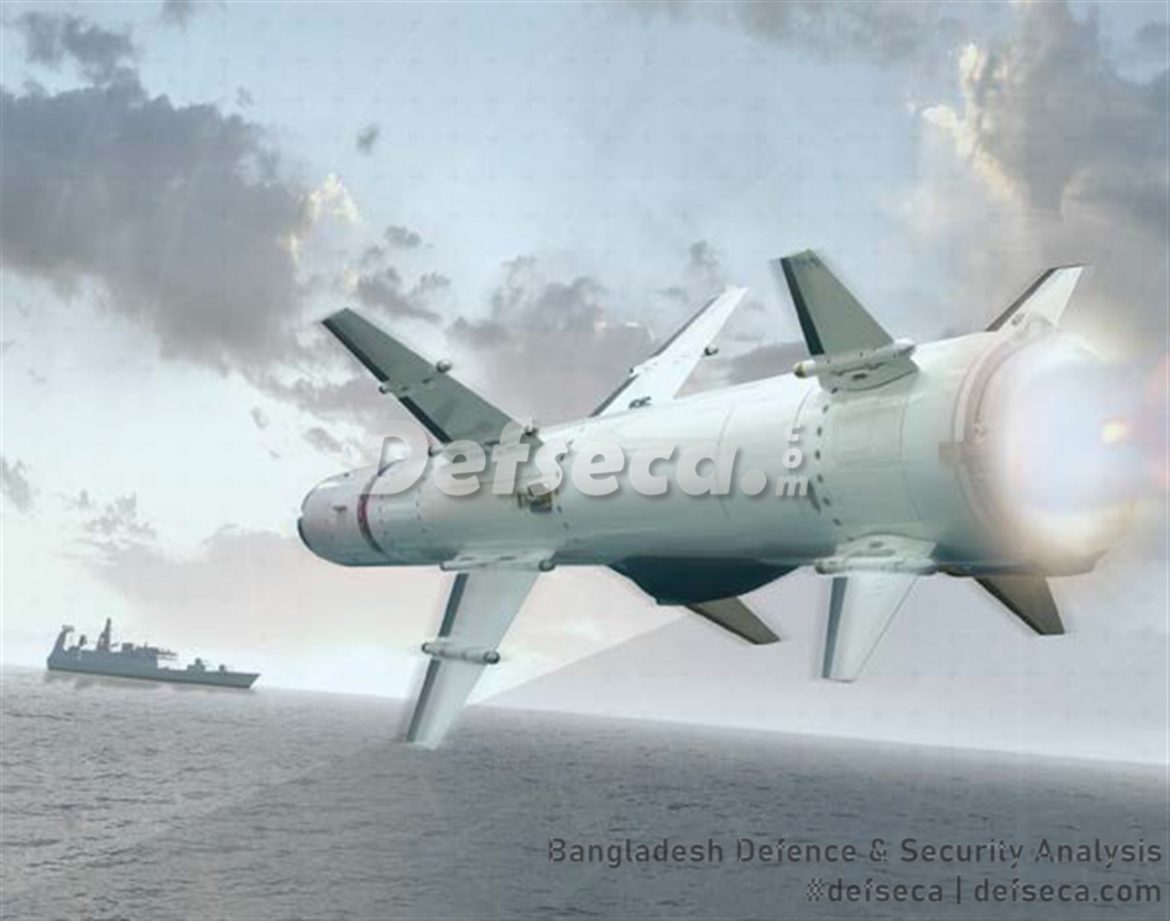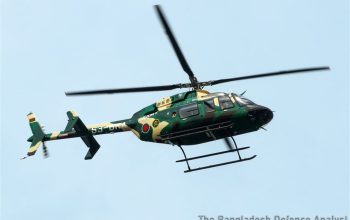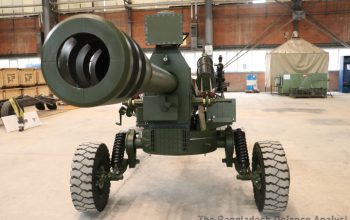The Bangladesh Navy has opted to procure the ATMACA anti-ship missile from Turkey for its new generation warships.
Roketsan’s ATMACA represents a highly capable missile system with ability to have target updates during mid-course and re-attack accordingly. It also has a mission abort capability via data link making it a useful stand-off missile system in war.
The Bangladesh Navy selected the ATMACA against competitors such as the Otomar Mk II Block IV and SSM-700K.
ATMACA is an all-weather, long range, surface-to-surface, precision strike anti-ship cruise missile which can be integrated to patrol boats, frigates and corvettes. It was developed by ROKETSAN. The ATMACA ASCM will enter service with the Turkish Navy by mid-2020. It will also replace the Turkish Navy’s inventory Harpoon ASCM.
The work on the ATMACA anti-ship cruise missile began after the signing of contract with ROKETSAN in 2009. Prime contractor ROKETSAN started development of the missile in September 2012 after receiving the results of its previous research and development contract with Turkey’s Under Secretariat For Defence Industries (SSM) at Navy Research Centre Command (ARMERKOM). It is planned to develop in such way that it can be launched not only from ship to ship but also from submarines, aircraft and ship to land or vise-versa.
The missile makes use of its global positioning system (GPS), its inertial navigation system and its barometric altimeter and radar altimeter sub-systems to navigate towards its target, while its active radar seeker pinpoints its target with High precision. With a maximum range of 360 kilometres (120 mi), this guided missile poses a major threat for targets situated beyond line of sight due to its high explosive fragmentation warhead. Its modern data-link provides ATMACA with the ability to update targets, re-attack and terminate the mission.
The 250 kg HE penetrating warhead can destroy surface targets of 5,000-7,000 tonnes. Multiple strikes using ATMACA ASCM has the capability to sink any warships maintained by the neighbouring navies of Bangladesh. The ATMACA ASCM is in the same class as the Naval Strike Missile (NSM). It is superior to the standard version of the Kh-35E and C-802A.
Bangladesh and Turkey’s ongoing defence trade has soared under the present Hasina-Erdogan leaderships. The two countries have become strategic partners with Bangladesh expected to become Turkey’s largest defence export client within 5 years as the demand from Bangladesh’s Army, Navy and Air Force grows for Turkish built military hardware.
Roketsan has already been successful in acquiring the Type B GMLRS contract with their TR-300 artillery rocket system. They also integrated Teber precision guided munitions aboard F-7BG/BG1 fighter aircraft last year.
Otokar has become the second largest exporter of armoured vehicles to the Bangladesh Army.
Aselsan also enjoyed export success in terms of communications equipment and software supplies. Other Turkish companies exported small arms, munitions, EOD equipment and simulators to the Bangladesh armed forces in recent years.
Roketsan will provide the systems after the Dockyard & Engineering Works (DEW) launches its first new generation Large Patrol Craft (Missile). It may take up to 1.5 years from the date of signing the contract for the delivery of the missiles, launchers, fire control radar and associated training to be completed.
The Bangladesh Navy will take basic technology required for assembly and maintenance of the ATMACA ASCM in Bangladesh.




